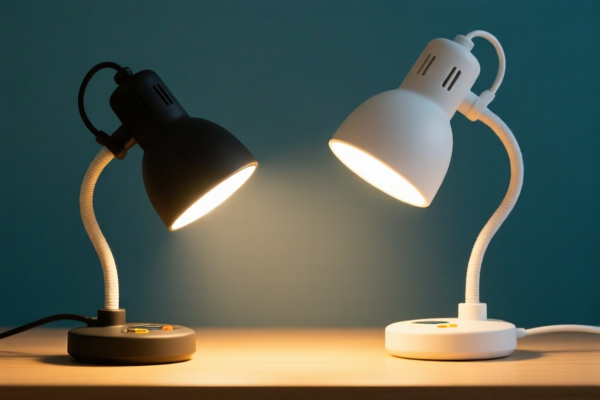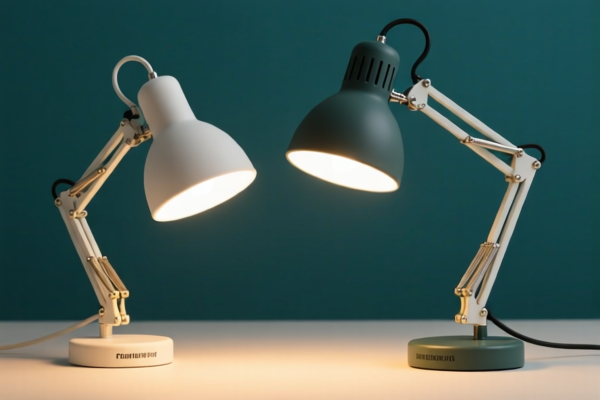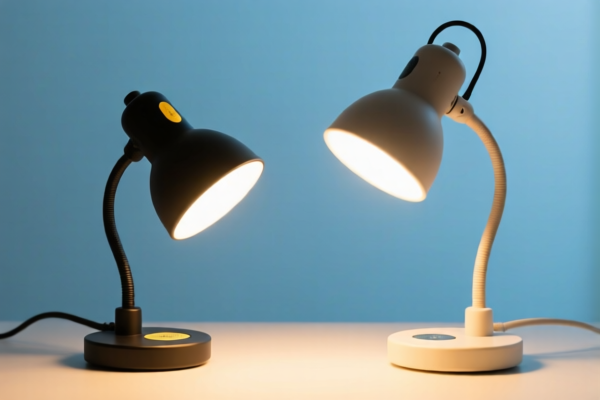| HS Code | Official Doc | Tariff Rate | Origin | Destination | Effective Date |
|---|---|---|---|---|---|
| 7006001000 | Doc | 63.8% | CN | US | 2025-05-12 |
| 7006004010 | Doc | 59.9% | CN | US | 2025-05-12 |
| 7003120000 | Doc | 56.4% | CN | US | 2025-05-12 |
| 7003190000 | Doc | 56.3% | CN | US | 2025-05-12 |
| 8307103000 | Doc | 58.8% | CN | US | 2025-05-12 |
| 8307106000 | Doc | 58.8% | CN | US | 2025-05-12 |
| 8310000000 | Doc | 55.0% | CN | US | 2025-05-12 |
| 9405416000 | Doc | 61.0% | CN | US | 2025-05-12 |
| 9405418440 | Doc | 58.9% | CN | US | 2025-05-12 |




Window Lights
Window lights, also known as window treatments with integrated illumination, are fixtures designed to provide light while simultaneously functioning as coverings for windows. They combine the aesthetic and functional benefits of both lighting and window coverings, offering a versatile solution for various interior spaces.
Materials
Window lights are constructed from a variety of materials, impacting both their appearance and functionality. Common materials include:
- Metal: Aluminum, steel, and brass are frequently used for frames and structural components, offering durability and a range of finishes.
- Wood: Provides a warmer aesthetic and is often used for frames, slats, and decorative elements. Different wood species (e.g., basswood, cedar) impact the cost and appearance.
- Plastic/PVC: Lightweight and cost-effective, often used for slats, vanes, and certain shades.
- Fabric: Used in roller shades, Roman shades, and other soft window coverings, offering a wide range of colors, patterns, and textures. Fabric can be sheer, translucent, or opaque, influencing light control.
- Glass/Acrylic: Used in some designs for diffusing light or creating decorative effects.
Purpose & Function
The primary purpose of window lights is to provide illumination while managing light and privacy. Key functions include:
- Ambient Lighting: Provide general room illumination.
- Task Lighting: Some designs incorporate focused light for specific activities.
- Light Control: Adjustable slats or fabric allow users to control the amount of natural light entering a room.
- Privacy: Opaque or adjustable coverings offer varying degrees of privacy.
- Energy Efficiency: Can help insulate windows, reducing heat loss or gain.
- Aesthetic Enhancement: Contribute to the overall interior design.
Usage Scenarios
Window lights are suitable for a wide range of spaces:
- Residential: Living rooms, bedrooms, kitchens, bathrooms.
- Commercial: Offices, conference rooms, retail spaces, hotels.
- Specific Applications: Reading nooks, home theaters (where light control is critical), areas with limited ceiling height.
Common Types
- Light-Filtering Shades: Fabric shades that diffuse light while maintaining some visibility. Often used in living rooms and bedrooms.
- Blackout Shades with Integrated Lighting: Provide complete darkness when closed, often used in bedrooms and home theaters. Integrated lighting allows for illumination without opening the shade.
- Motorized Shades with Lighting: Offer convenient control of both light and illumination via remote control or smart home systems.
- Blinds with Integrated LED Strips: Horizontal or vertical blinds with LED strips incorporated into the slats.
- Window Films with Embedded Lighting: Thin films applied to window glass that provide both light control and illumination.
- Smart Window Lights: Integrate with smart home systems for automated control of light, privacy, and energy efficiency. Can be controlled via voice commands or mobile apps.
- Layered Systems: Combining traditional window coverings (e.g., curtains) with integrated lighting fixtures for enhanced functionality and aesthetic appeal.
Window lights can refer to various glass products used in building construction or specialized lighting applications. Based on the provided information, the following HS codes may be relevant:
- 7006001000: This code covers glass (heading 7003, 7004, or 7005) that has been bent, edge-worked, engraved, drilled, or enameled, but is not framed or fitted with other materials. Specifically, it applies to strips not over 15.2 cm in width and over 2 mm in thickness, with all longitudinal edges ground or otherwise smoothed or processed. This could apply to glass components used in window construction. The total tax rate is 63.8%, comprising a basic tariff of 8.8%, an additional tariff of 25.0%, and a further additional tariff of 30.0% after April 2, 2025.
- 7006004010: This code also covers glass (heading 7003, 7004, or 7005) bent, edge-worked, engraved, drilled, or enameled, but not framed or fitted with other materials. However, this specifically applies to "Other" glass having an absorbent or reflecting layer. This could be relevant if the window lights have special coatings. The total tax rate is 59.9%, consisting of a basic tariff of 4.9%, an additional tariff of 25.0%, and a further additional tariff of 30.0% after April 2, 2025.
- 7003120000: This code covers cast glass and rolled glass in sheets or profiles, whether or not having an absorbent, reflecting, or non-reflecting layer, but not otherwise worked. Specifically, it applies to nonwired sheets that are colored throughout the mass (body tinted), opacified, flashed, or have an absorbent, reflecting, or non-reflecting layer. This could apply to colored or coated glass used in windows. The total tax rate is 56.4%, comprising a basic tariff of 1.4%, an additional tariff of 25.0%, and a further additional tariff of 30.0% after April 2, 2025.
- 7003190000: This code also covers cast glass and rolled glass in sheets or profiles, whether or not having an absorbent, reflecting, or non-reflecting layer, but not otherwise worked. However, this applies to nonwired sheets that are "Other" (not specifically colored, opacified, or flashed). The total tax rate is 56.3%, consisting of a basic tariff of 1.3%, an additional tariff of 25.0%, and a further additional tariff of 30.0% after April 2, 2025.
It is important to determine the specific characteristics of the window lights (e.g., whether they are bent, coated, colored, wired, or framed) to select the most appropriate HS code.
Customer Reviews
No reviews yet.